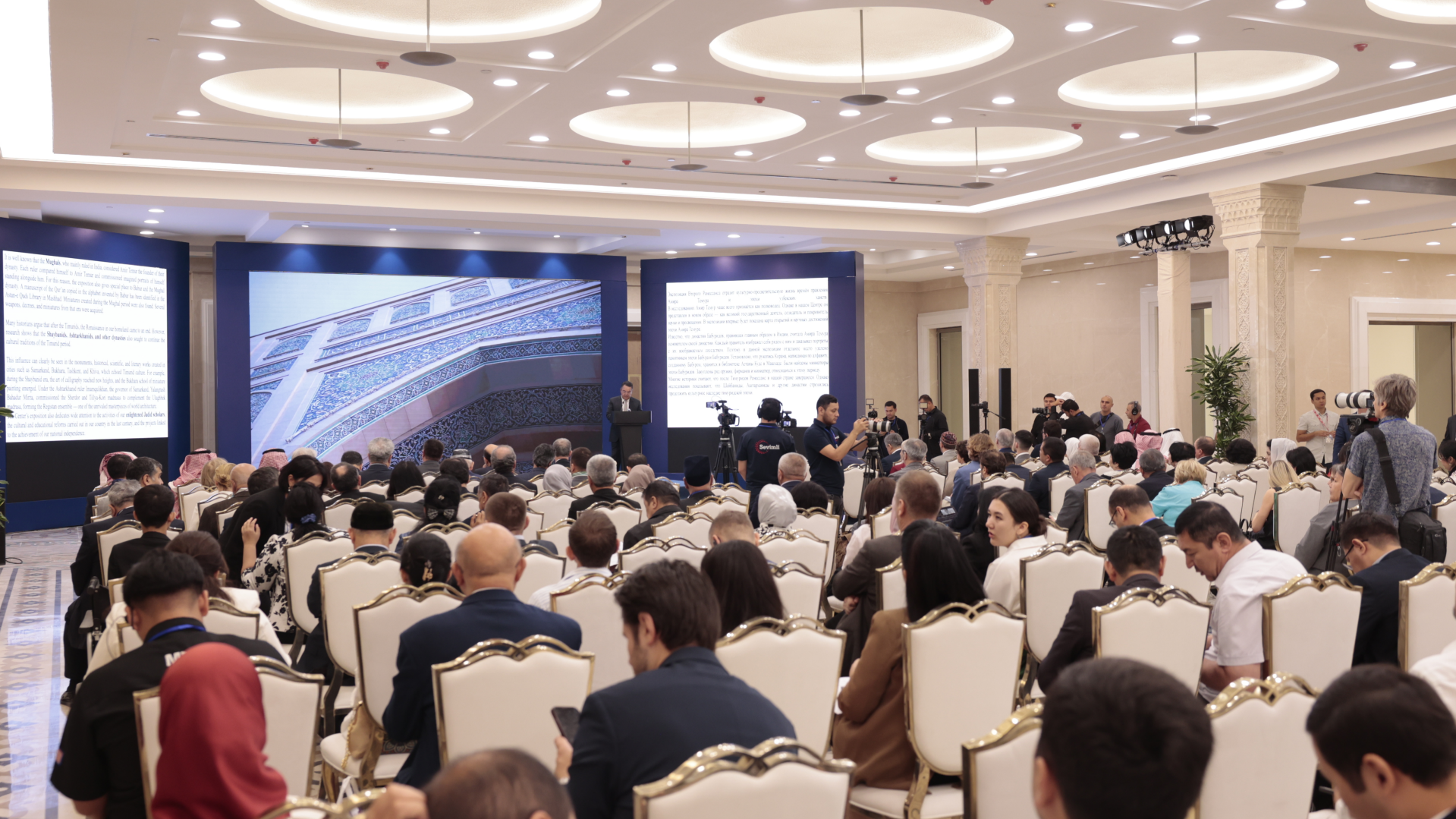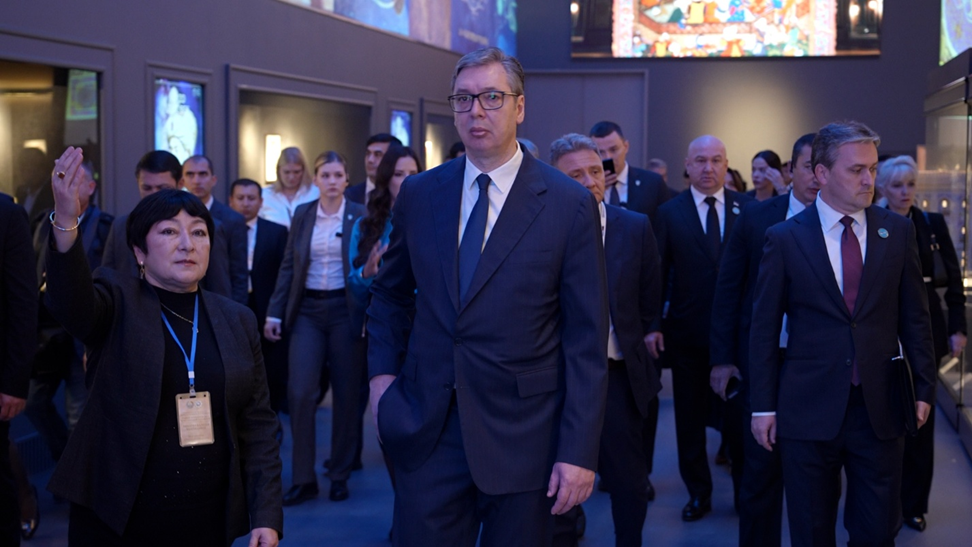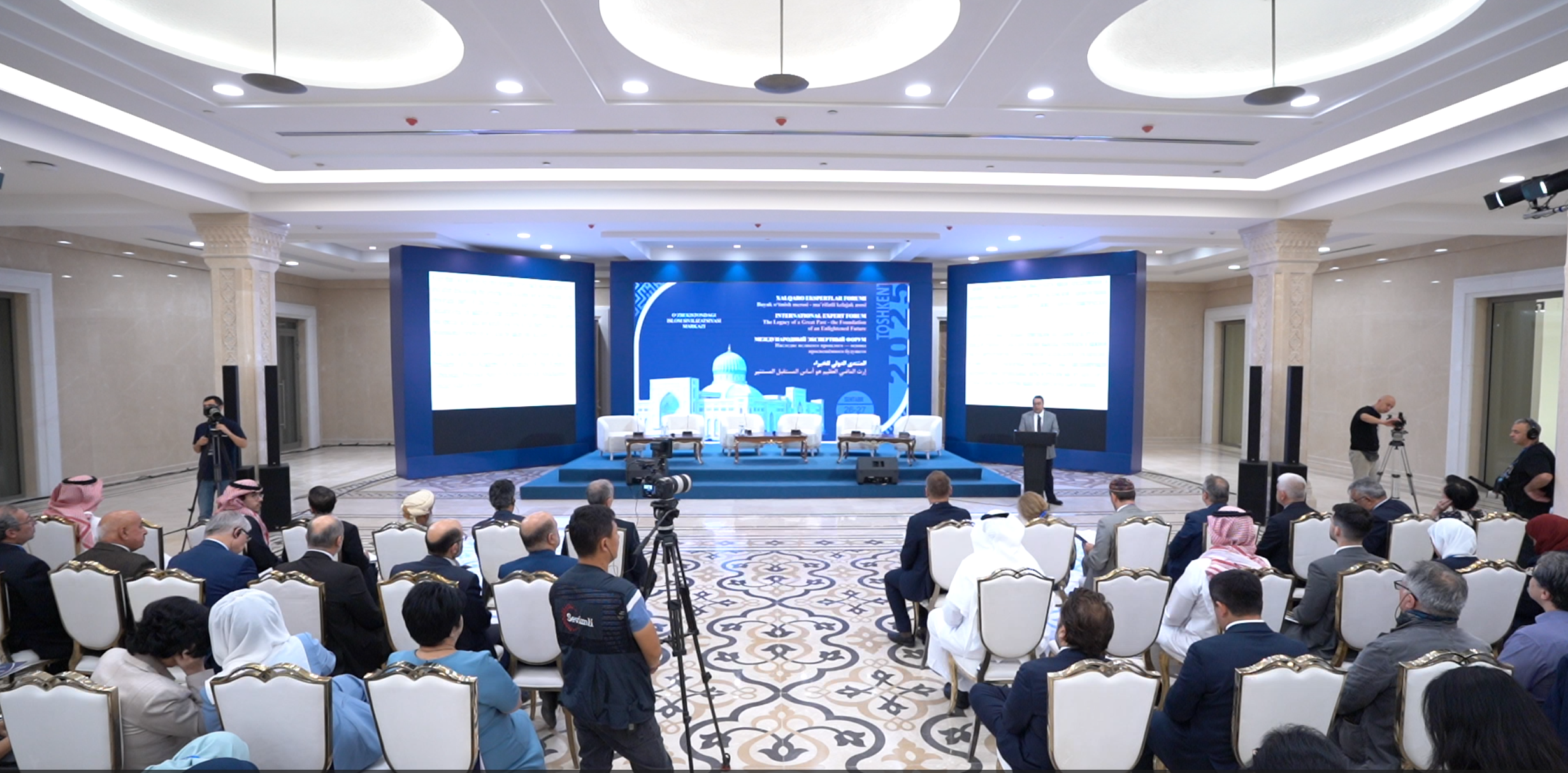In the Center for Islamic Civilization, the “heart” of science begins to beat once again
🔴 Ninth-Century scholars revived through twenty-first-century technology
During the 9th–10th centuries, under the Abbasid Caliphate, the Bayt al-Hikma a center where scholars of different nations and faiths jointly pursued knowledge and discovery flourished as a beacon of science and culture. This legendary institution is now being revived within the Museum of the Center for Islamic Civilization in Uzbekistan as part of its exhibition.
In the section dedicated to the First Renaissance, visitors will encounter an innovative interactive display titled “The Bayt al-Hikma Capsule”, which brings to life the intellectual legacy of that golden age.

This exhibition presents a modern interpretation of the work of great thinkers from Central Asia who made immense contributions to human knowledge in the 9th and 10th centuries.
The Bayt al-Hikma, established in Baghdad during the Abbasid era, was a scientific center where scholars from diverse backgrounds collaborated in the pursuit of knowledge and innovation. Among the distinguished figures who worked there were Muhammad al-Khwarizmi, Ahmad al-Farghani, and Abu Nasr al-Farabi.
Muhammad al-Khwarizmi, as the head of the Bayt al-Hikma, is recognized as the founder of algebra. The mathematical methods described in his seminal work “Al-Jabr wa’l-Muqabala” continue to underpin modern theories in technology and economics.
Ahmad al-Farghani gained renown as an accomplished astronomer and engineer of his time. By perfecting the Nilometer on the Nile River, he created the first hydrological device based on the principle of hydrostatics. The model of the Nilometer displayed at the Center symbolizes one of the greatest scientific breakthroughs in the history of hydrology.
Abu Nasr al-Farabi, who matured intellectually within the Bayt al-Hikma environment, left an enduring mark in philosophy, political thought, and music. His work “The Virtuous City” represented a new stage in the evolution of social and moral philosophy. In his “Great Book on Music,” al-Farabi established the scientific foundations of music theory and designed the ‘ūd instrument.
The Center’s exhibition includes a model of al-Farabi’s ‘ūd, embodying the harmony of human creativity and aesthetic sensibility.
According to Rustam Jabborov, the Center’s Scientific Secretary, “The Bayt al-Hikma Capsule” serves as a symbolic exhibit that recalls the grand scientific legacy of the First Renaissance in a modern format. It brings to life the achievements of Eastern scholars in science, philosophy, music, and engineering through advanced technologies celebrating the unity of intellect, curiosity, and spirituality.
Durdona Rasulova
P.S.: This article may be reproduced with reference to the official website of the Center for Islamic Civilization in Uzbekistan.
Most read

Over 100 experts from more than 20 countries of the world are in Tashkent!

President of Serbia Aleksandar Vučić visited the Islamic Civilization Center in Uzbekistan

The Center for Islamic Civilization – a global platform leading towards enlightenment











